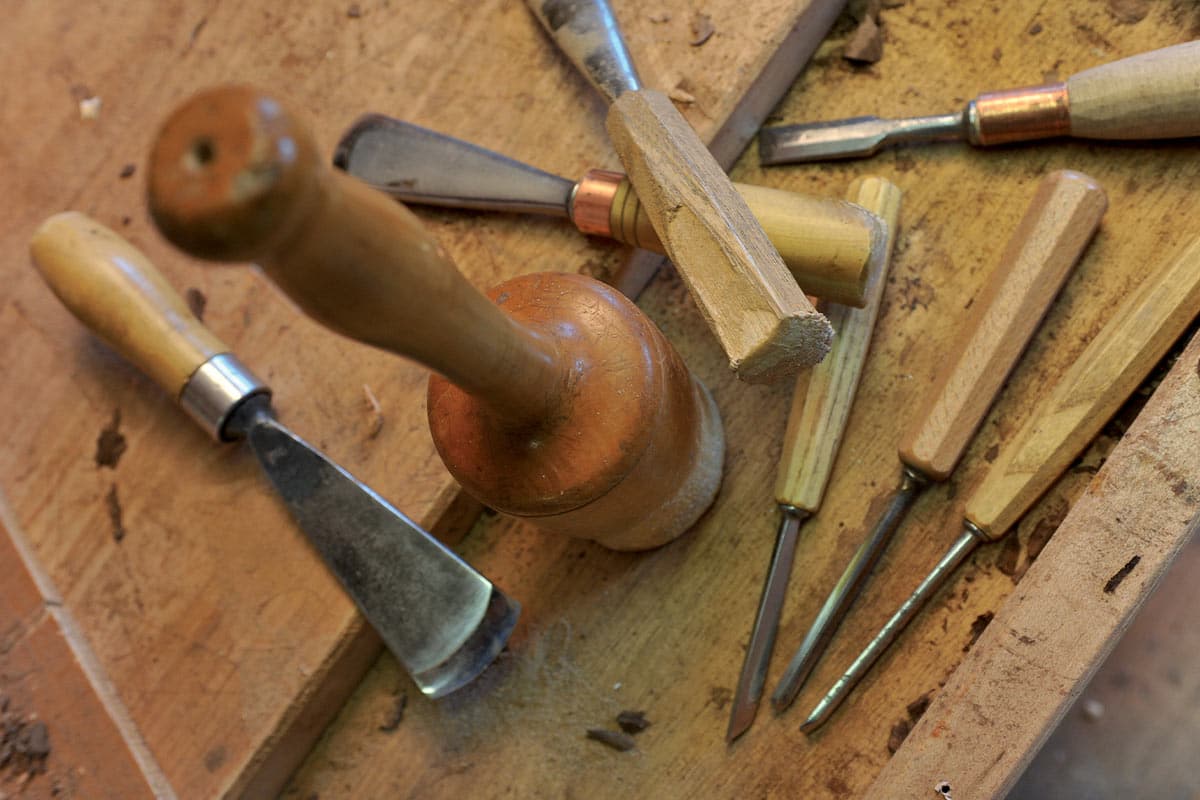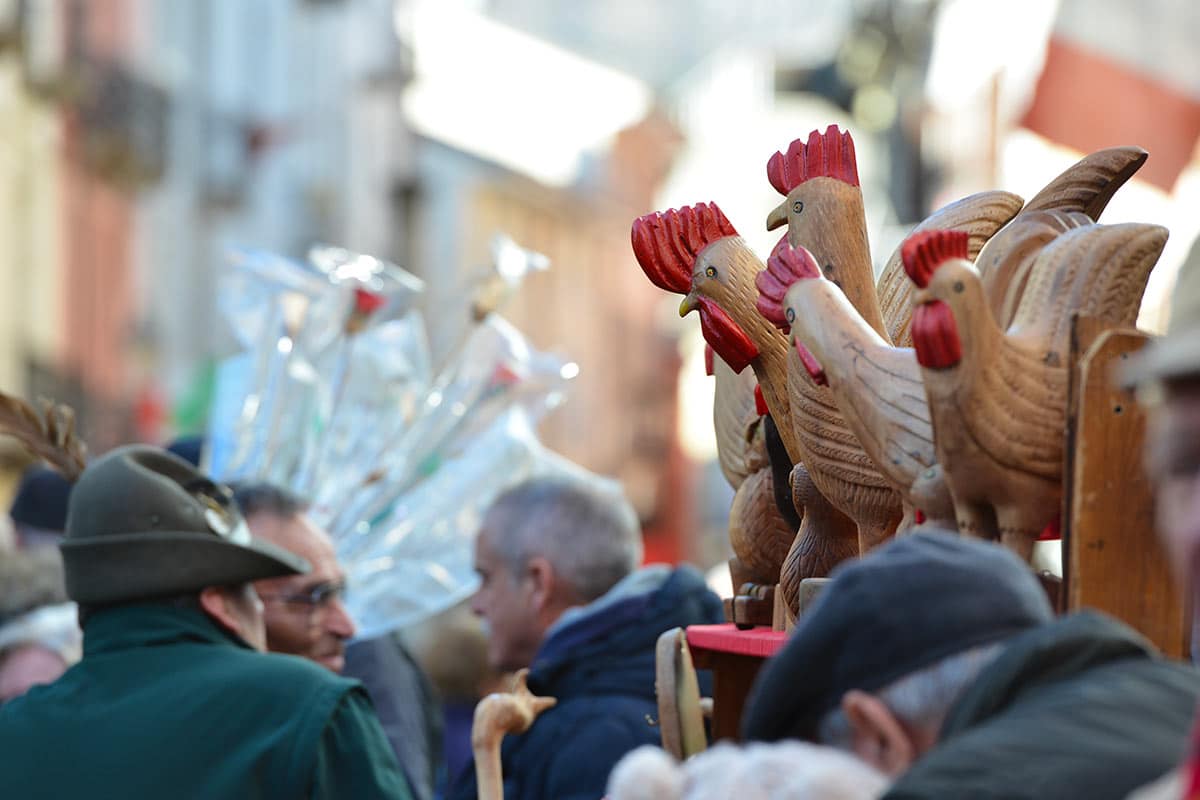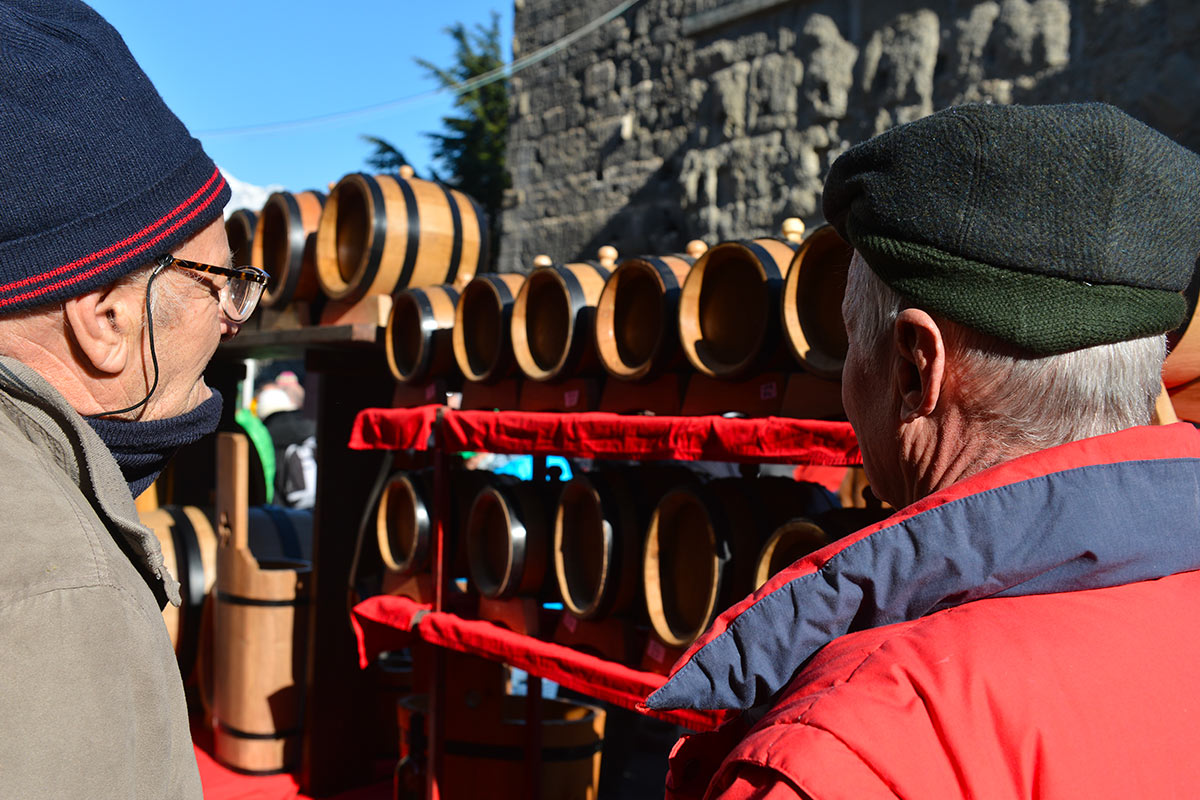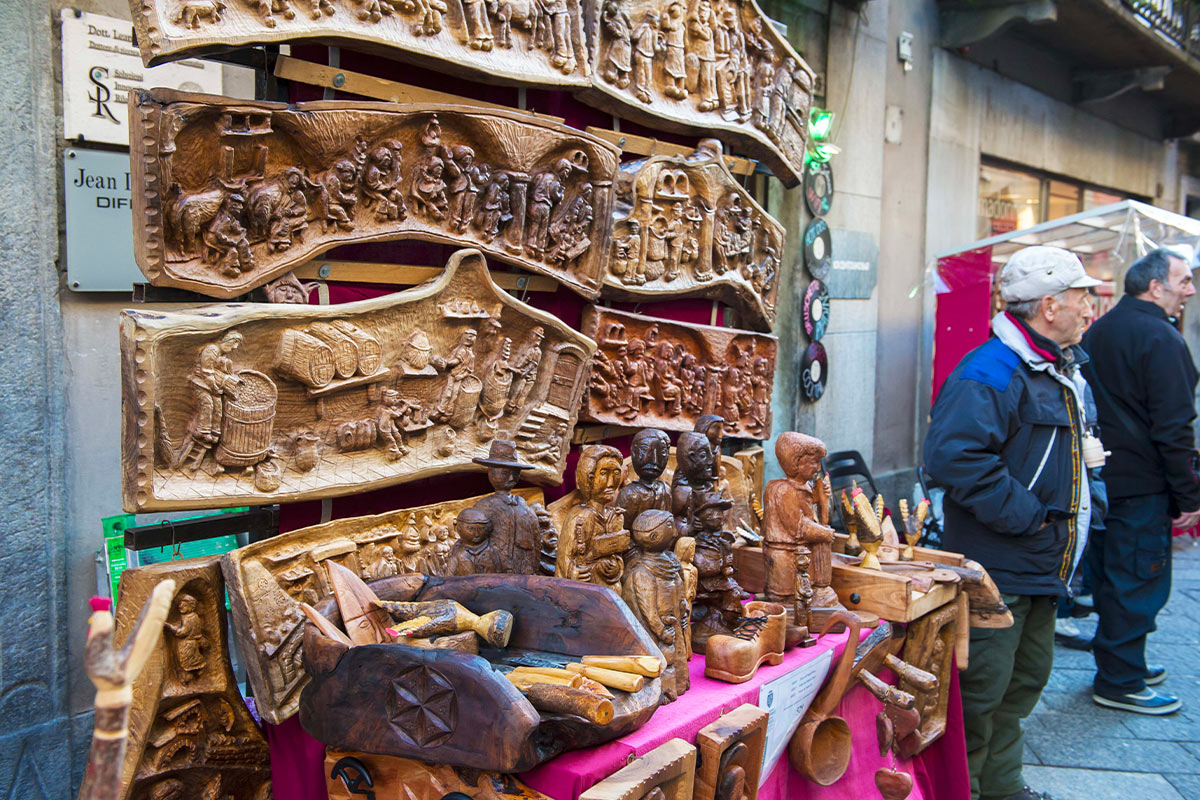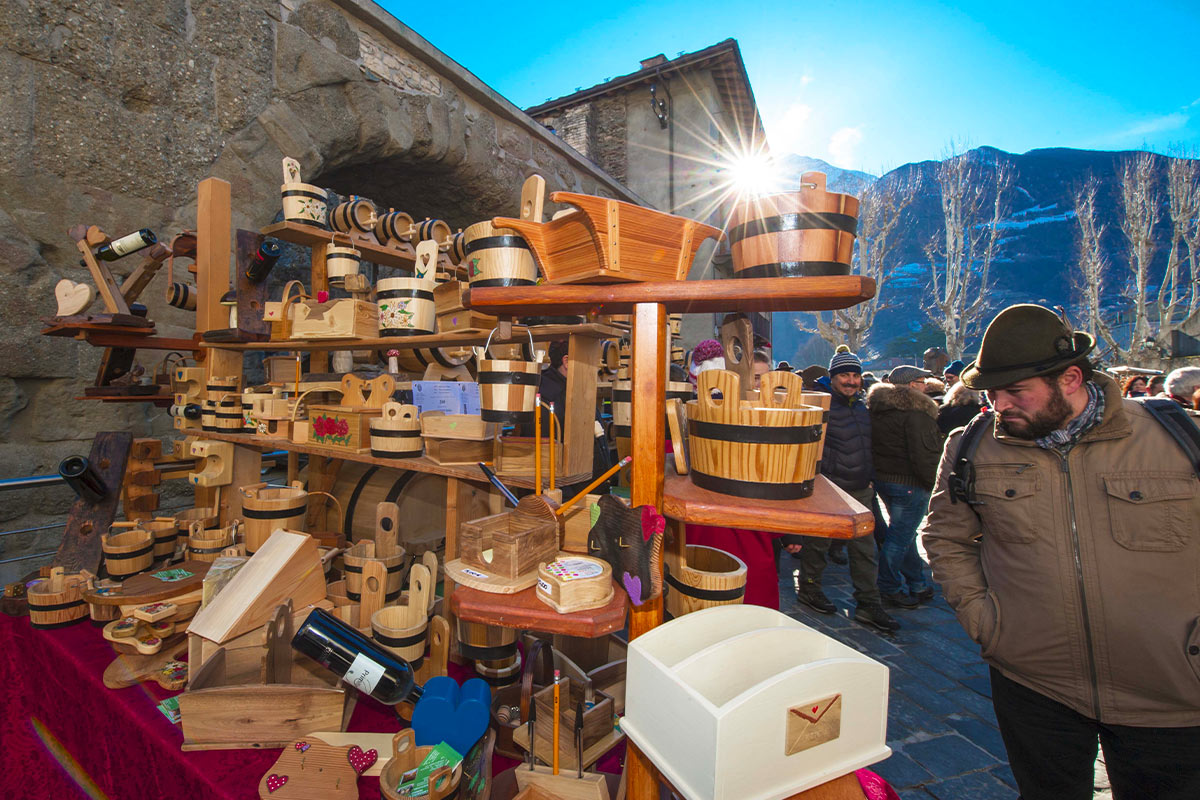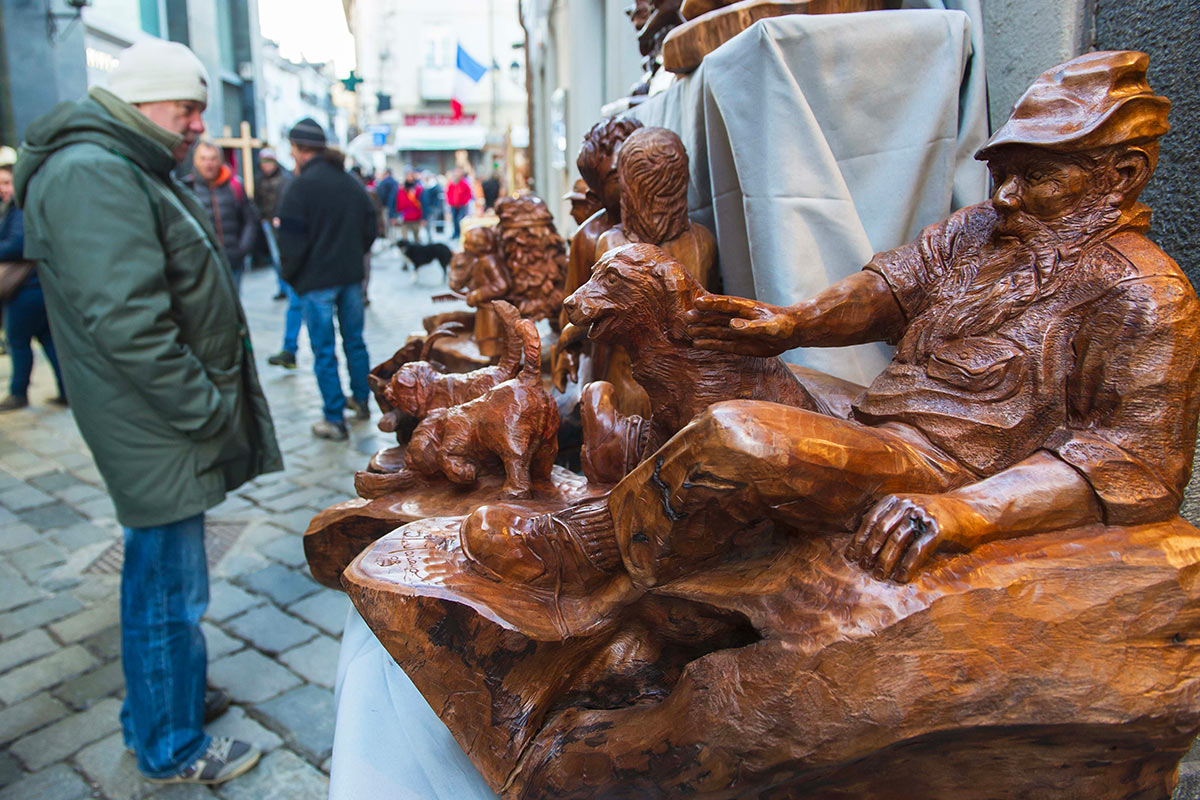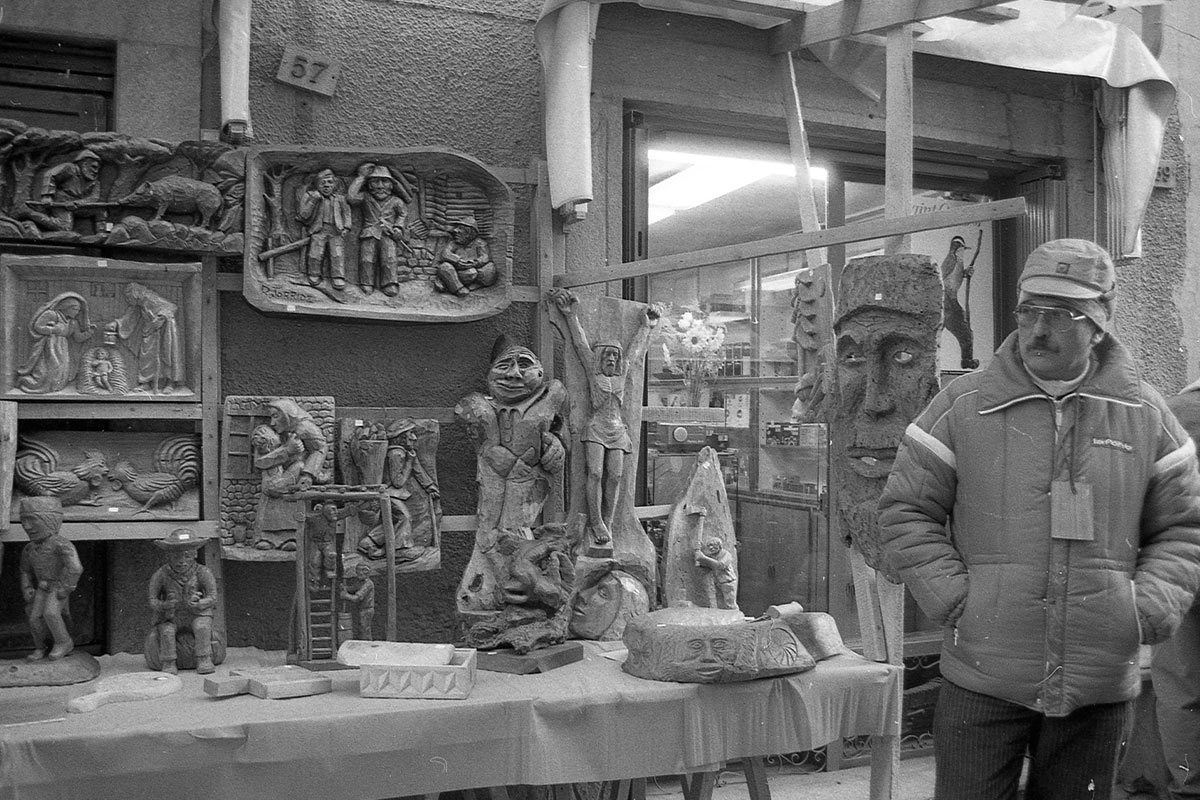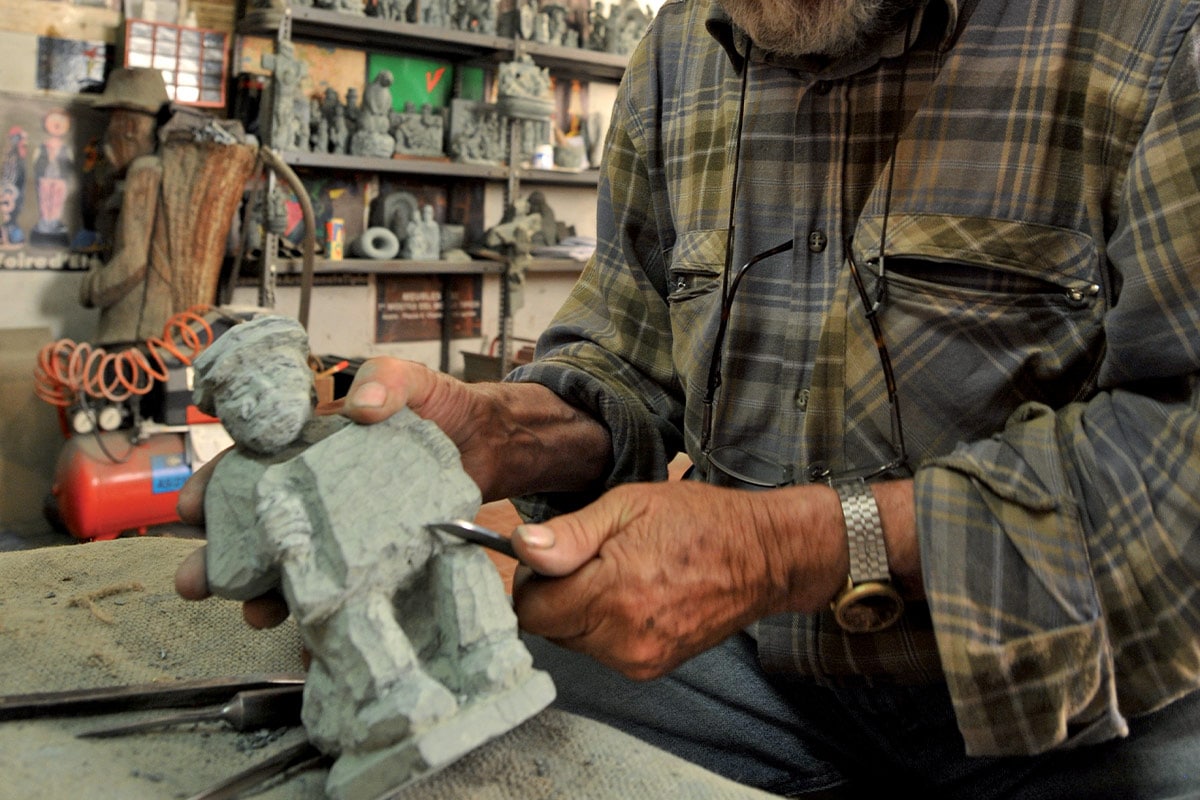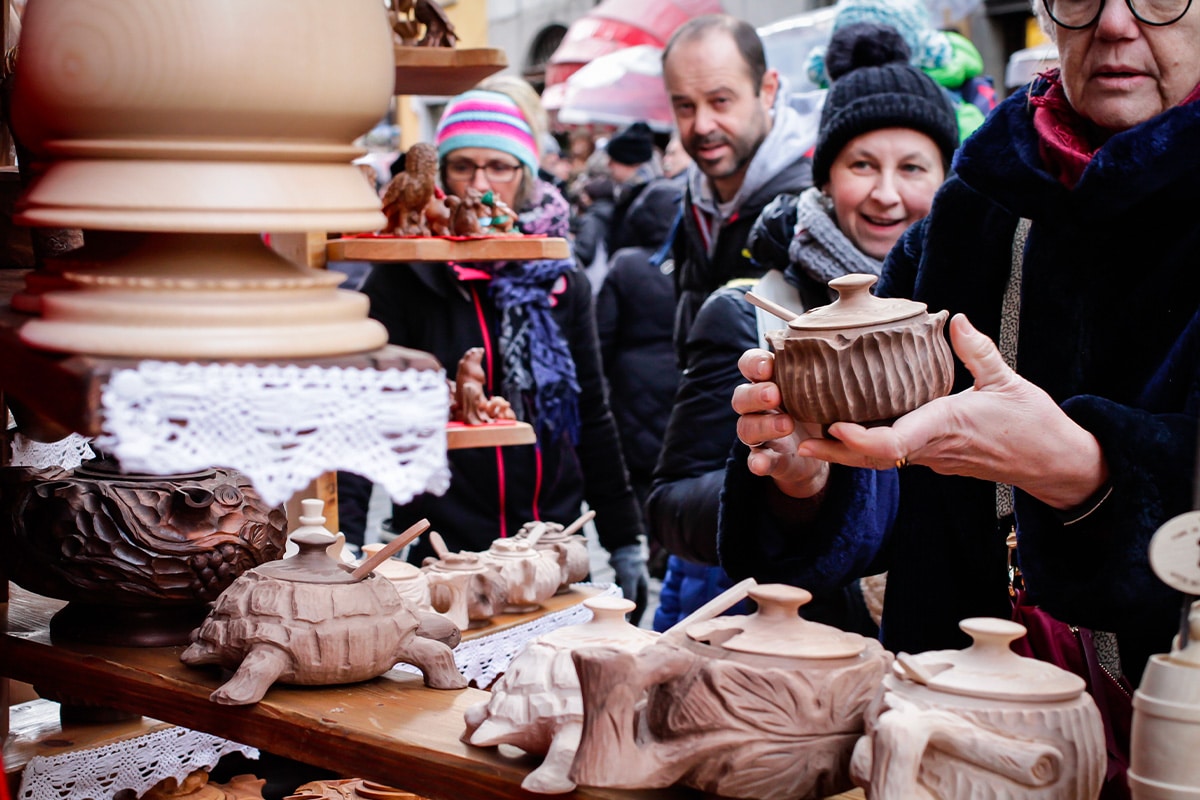A thousand years
of handicraft
From its origins to today
Imagine having to stay shut indoors all winter. You can’t go out because the roads are buried in snow and farm work has come to a standstill until springtime. A question strikes you: what can you do to make ends meet?
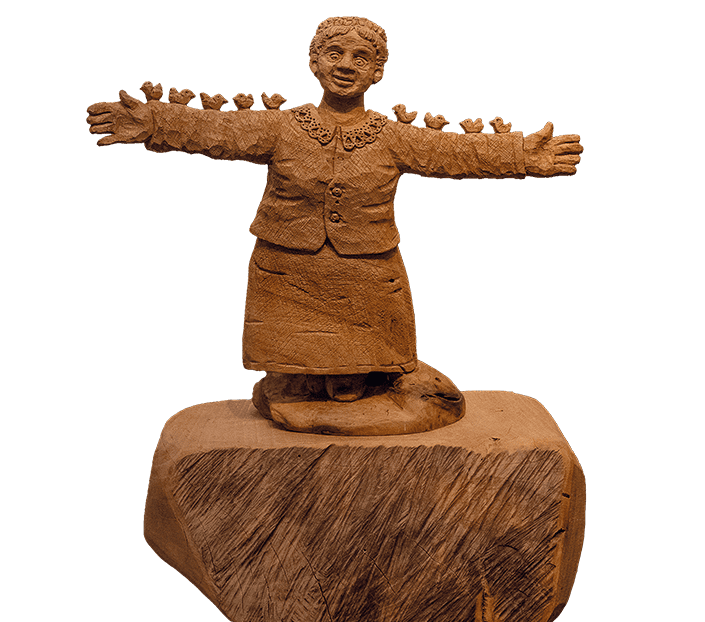
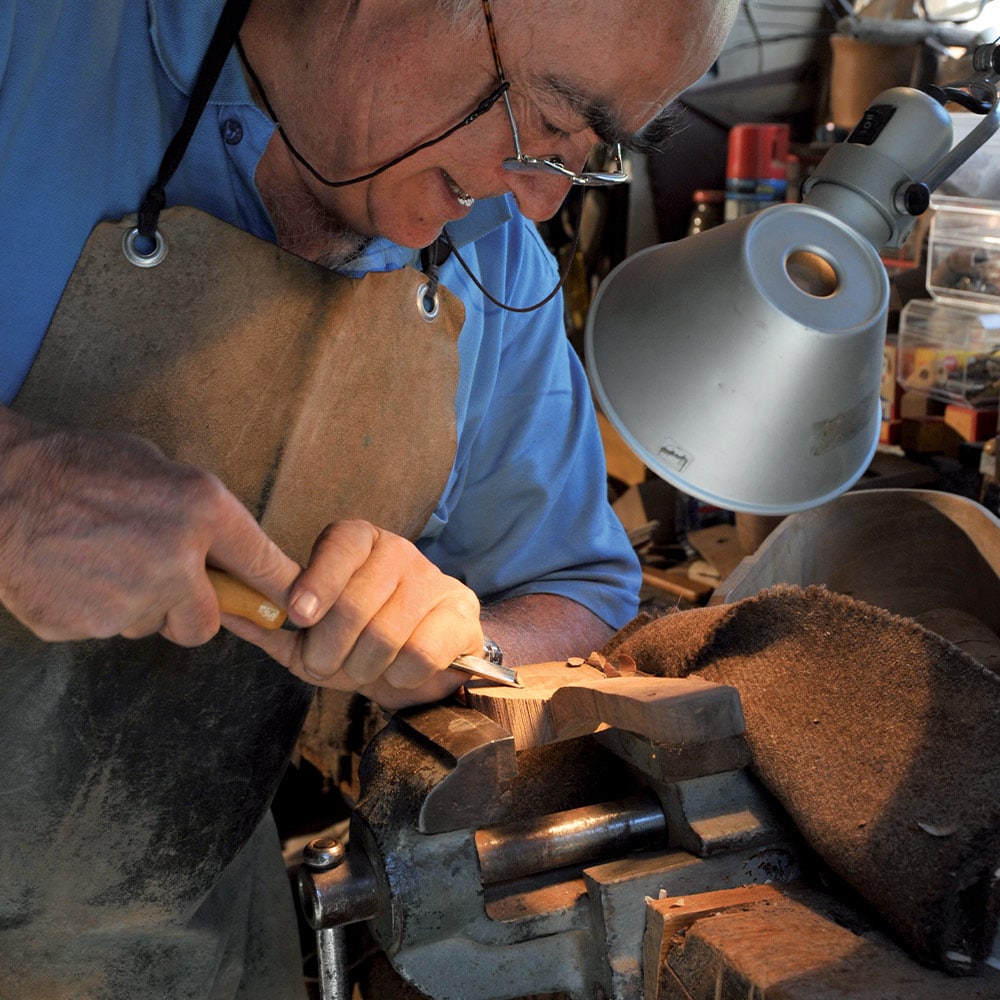
The art of getting by
Traditional handicraft was born from necessity: the need to create what you need. This is why our ancestors began using natural materials they found locally, then traded these handmade objects for foodstuffs, tools and garments.
In those days, people gathered at the onset of the new farming year in order to sell items they had made during the winter months: thus, traditional handicraft fairs originated from these regular gatherings.
Discover the fairs
Fair of Sant'Orso in donnas
La saint-ours
The summer fair
a growing cresce
and evolving fair
But the magic remains unchanged
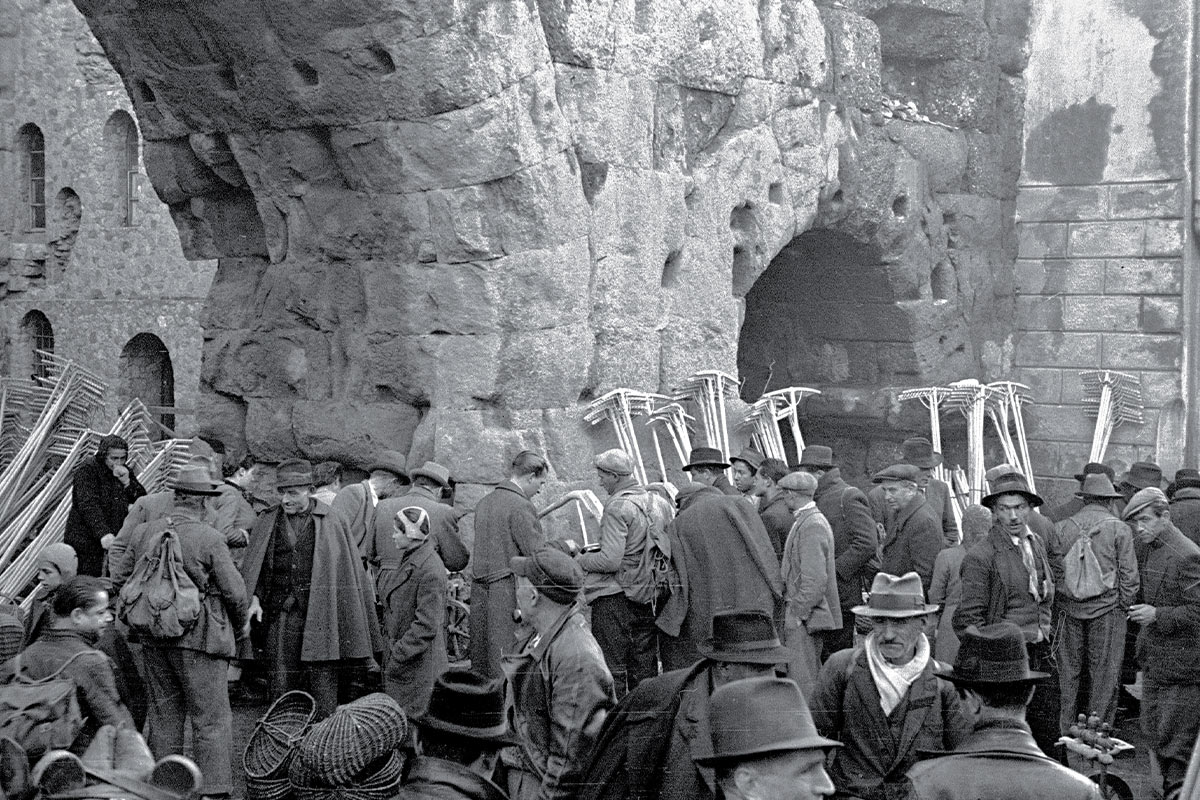
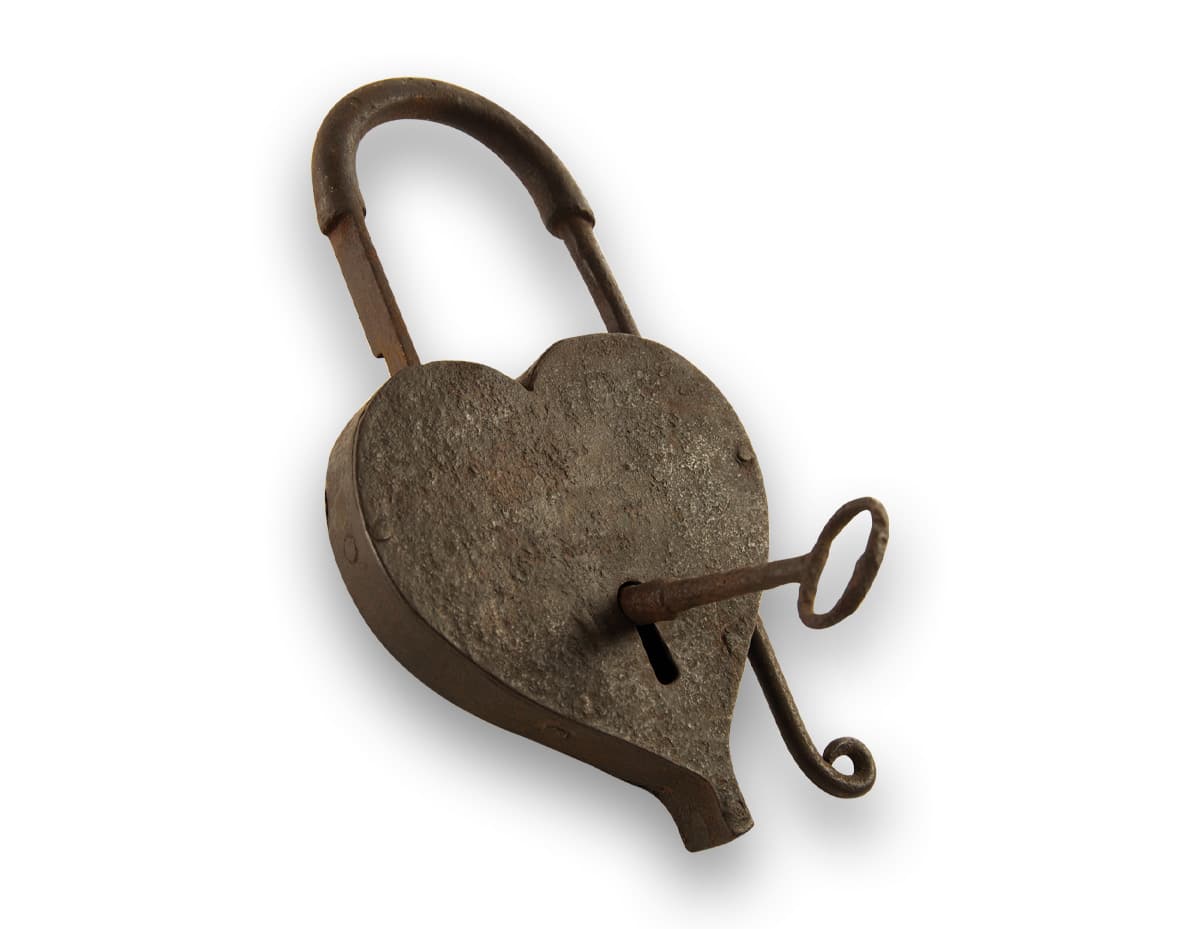
Where we started…
What was Aosta’s Fair of Sant’Orso like at the beginning? Very different from today: it lasted just one day and at that time the climate was milder, in fact, 31 January marked the end of the cold season.
The fair was also smaller: it thread its way from the Arch of Augustus to the Praetorian Gates, and fewer artisans took part.
Recollections of a memory
The Fair of Sant’Orso is a historical, yearly appointment that has been repeated for over a thousand years. To mark each fair, a different pendant is made and worn around the craftsman-exhibitor’s neck, and often becomes a sought-after collectors’ piece –alike to the posters advertising the event.

